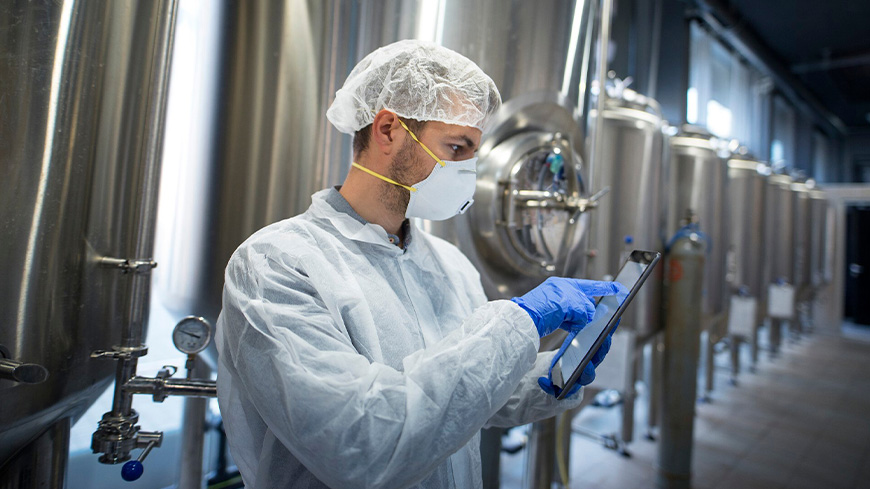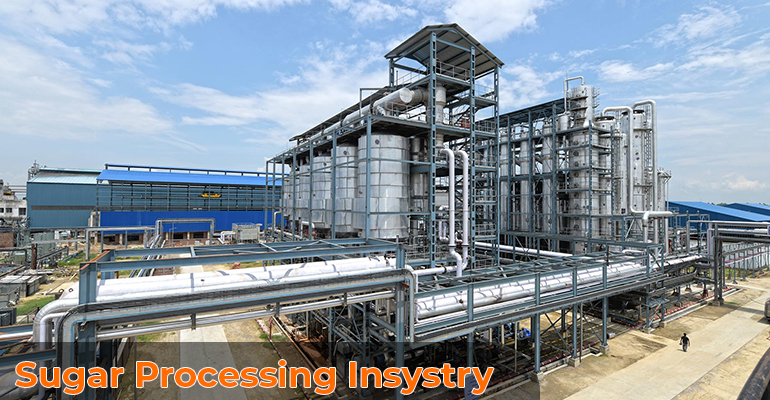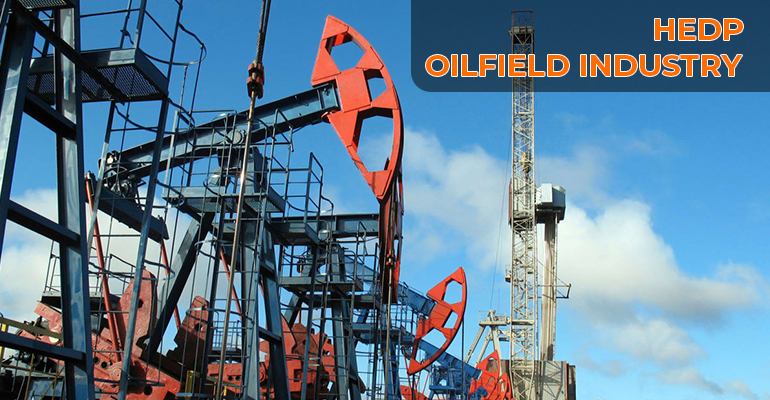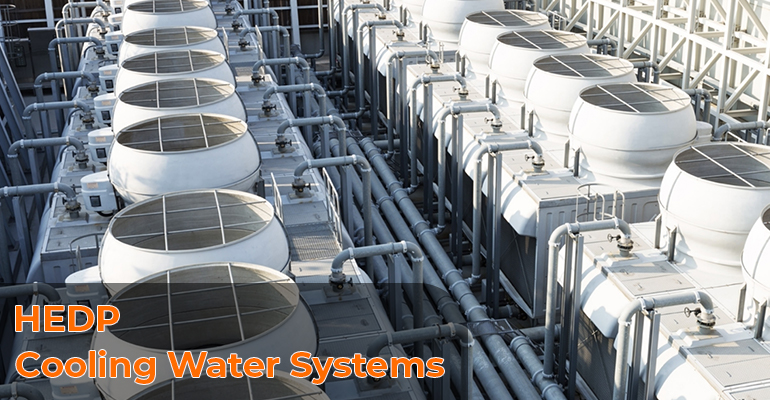HEDP Chemical plays a very important role in modern industrial processes, especially in sugar…
HEDP Chemical for Peroxide Bleaching – Manufacturer & Exporter – Maxwell Additives

Maxwell Additives is a leading HEDP Manufacturer, offering high-quality 1-Hydroxyethane-1,1-diphosphonic Acid, also known as HEDP Etidronic Acid or HEDP Chemical, trusted across various industries. Among its many applications, HEDP plays a crucial role in peroxide bleaching, especially in textile and paper processing. Its strong chelating properties help stabilize hydrogen peroxide, preventing metal-catalyzed decomposition and ensuring consistent, bright results without fabric damage. At Maxwell Additives, we specialize in producing high-purity HEDP tailored for sensitive processes like bleaching, where performance and chemical stability are vital. As a trusted manufacturer, we are committed to quality, innovation, and customer satisfaction.
What is HEDP Chemical?
HEDP Chemical, also known as Etidronic Acid, is a widely used organophosphonic acid that plays an important role in water treatment and industrial cleaning. It is better known in the industry as HEDP Etidronic Acid. This chemical is valued for its strong ability to chelate metal ions like calcium, iron, and copper—helping to prevent scale formation and corrosion in systems such as boilers, cooling towers, and pipelines.
What makes HEDP Chemical unique is its chemical stability and compatibility in both acidic and mildly alkaline environments. It’s also a preferred stabilizer for hydrogen peroxide in bleaching applications, especially in textiles and paper industries, where maintaining brightness and fiber quality is crucial.
In simple terms, HEDP Chemical is a dependable solution where long-lasting performance, metal control, and chemical balance are essential.
Why HEDP Etidronic Acid Proves to Be a Powerful Agent for Peroxide Bleaching?
HEDP Etidronic Acid or 1-Hydroxyethane-1,1-diphosphonic Acid, has become an essential additive in modern peroxide bleaching applications. Its effectiveness lies in its ability to stabilize hydrogen peroxide – a key bleaching agent used in both the textile and paper processing industries. Without proper stabilization, hydrogen peroxide can decompose rapidly in the presence of metal ions like iron, copper, or manganese, leading to inconsistent bleaching results and possible damage to materials.
This is where HEDP Etidronic Acid proves its strength. As a powerful chelating agent, it binds with unwanted metal ions, preventing them from triggering the breakdown of peroxide. In textile processing, this results in brighter fabrics, reduced fiber damage, and improved dyeing quality. For paper bleaching, it ensures a uniform whiteness, enhances brightness, and maintains the structural integrity of the pulp during treatment.
Moreover, HEDP Chemical is thermally stable and functions effectively across a wide pH range, making it ideal for both acidic and mildly alkaline conditions typically found in industrial bleaching setups. It doesn’t react aggressively with hydrogen peroxide, which helps maintain the bleaching power over time—making the entire process more efficient and cost-effective.
Owing to its superior peroxide stabilization performance, 1-Hydroxyethane-1,1-diphosphonic Acid continues to be a trusted component in peroxide bleaching formulas. Its role in ensuring cleaner, brighter, and more durable results makes it a valuable solution for industries that demand high-performance and consistent quality.
Benefits of HEDP for Peroxide Bleaching
Peroxide Stabilization
One of the key benefits of using HEDP Chemical, also known as 1-Hydroxyethane-1,1-diphosphonic Acid, is its excellent peroxide stabilization property. In peroxide bleaching, especially in textile and paper industries, metal ions like iron and copper can cause rapid decomposition of hydrogen peroxide, leading to uneven bleaching and material damage. HEDP Etidronic Acid acts as a chelating agent that binds with these metal ions, preventing them from breaking down the peroxide. This ensures a more stable bleaching process, where the hydrogen peroxide retains its active form longer, improving the overall quality of treatment and ensuring consistent bleaching performance.
Improved Whiteness and Process Output
Using HEDP Etidronic Acid in bleaching formulations leads to noticeably improved whiteness in both textiles and paper products. By keeping hydrogen peroxide stable throughout the process, HEDP Chemical allows the bleaching agent to perform at its full potential. In textiles, this means fabrics come out brighter, cleaner, and better prepared for dyeing or finishing. In paper processing, the pulp achieves higher brightness without compromising fiber strength. This improved outcome translates into fewer re-processing needs, better product quality, and more efficient throughput, helping manufacturers meet quality standards with greater reliability.
Better Process Management with Reduced Costs
By incorporating 1-Hydroxyethane-1,1-diphosphonic Acid into peroxide bleaching systems, industries benefit from better control over the chemical process. Stabilized hydrogen peroxide reduces the likelihood of unplanned breakdowns or uneven bleaching, minimizing waste and downtime. As a result, bleaching operations become more predictable, reducing the need for excess peroxide dosing or corrective treatments. This leads to lower chemical usage, energy savings, and reduced labor hours—significantly cutting down operating costs while enhancing efficiency. For large-scale textile or paper production, these savings can have a substantial financial impact over time.
Environmentally Conscious and Secure Formulation
Modern industries are increasingly focused on sustainability, and HEDP Chemical supports this goal through its environmentally friendly profile. Unlike traditional stabilizers that may release harmful by-products, HEDP Etidronic Acid is non-toxic, biodegradable, and safe to use in regulated wastewater systems. Its secure formulation ensures that bleaching processes not only meet performance goals but also comply with environmental safety standards. This makes it an ideal choice for companies looking to minimize ecological impact without compromising on quality—further aligning production processes with responsible manufacturing practices.
HEDP Chemical – Widely Used and Highly Valued in Industry
HEDP is a trusted Phosphonates across multiple industries due to its strong chelating ability, thermal stability, and effective scale inhibition properties. Its versatility makes it a key ingredient in a wide range of industrial applications where performance, efficiency, and reliability are essential.
Cooling Water Treatment
In industrial cooling water treatment systems, scale and corrosion can severely affect equipment performance and longevity. HEDP Etidronic Acid prevents the build-up of mineral deposits like calcium carbonate and controls metal corrosion by effectively binding with metal ions. This results in cleaner pipelines, reduced maintenance needs, and more efficient heat exchange. Thanks to its thermal stability and resistance to hydrolysis, HEDP Chemical performs well in high-temperature systems, making it a top choice for cooling towers and recirculating water systems.
Sugar Processing
During sugar processing, maintaining product purity and color is critical. Metal ions like iron and copper in the juice can cause undesirable reactions that affect the sugar’s appearance and quality. 1-Hydroxy Ethylidene-1, 1-Diphosphonic Acid plays an important role by chelating these metal ions, preventing their interference in the refining process. This helps in producing high-quality, crystal-clear sugar while improving the operational efficiency of the sugar mills. The use of HEDP Chemical ensures consistent quality, making it a reliable additive in the sugar industry.
Soaps & Detergents
HEDP Chemical is a key ingredient in the formulation of soaps and detergents, especially in areas with hard water. Its ability to bind with calcium and magnesium ions helps soften water, allowing cleaning agents to work more effectively. As a result, detergents produce better lather and offer superior cleaning performance. HEDP Etidronic Acid also stabilizes the formulation, enhancing shelf-life and preventing degradation caused by metal ion reactions. This makes it an essential additive for modern cleaning products that aim for both performance and safety.
Oilfields
In oilfield applications, scaling can reduce flow efficiency and damage expensive equipment. 1-Hydroxyethane-1,1-diphosphonic Acid is used to inhibit scale formation caused by barium, calcium, and strontium salts in production fluids. It ensures smoother operations by protecting pipelines, drilling tools, and other infrastructure from mineral deposition. HEDP Etidronic Acid is highly effective even under extreme pressure and temperature conditions, making it a reliable component in oil extraction and processing. Its use results in lower downtime, improved production rates, and cost savings in harsh field environments.
Why Our HEDP Manufacturing Process Earns Industries’ Trust
At Maxwell Additives, we take pride in being a trusted manufacturer of HEDP Chemical,What sets us apart is our advanced, controlled, and quality-driven manufacturing process that consistently delivers high-purity, industry-grade HEDP—earning the trust of clients across water treatment, textile, paper, and oilfield industries.
Our HEDP Manufacturing Process
1. Precise Raw Material Selection
We begin with carefully sourced and tested raw materials. Phosphorous acid and acetic anhydride are the primary inputs, selected for their quality and consistency to ensure optimum reaction yield.
2. Controlled Reaction Phase
These raw materials undergo a condensation reaction under controlled temperature and pressure conditions. Our reactors are equipped with modern systems to monitor every parameter—ensuring the stable formation of 1-Hydroxyethane-1,1-diphosphonic Acid.
3. Neutralization and pH Balancing
Once the reaction is complete, the resulting HEDP Chemical is neutralized using an alkaline agent like sodium hydroxide, depending on the required end-product form (acidic or salt).
4. Filtration and Purification
The neutralized solution undergoes multiple filtration steps to remove insoluble impurities and ensure product clarity. This stage is crucial to producing a high-purity HEDP Etidronic Acid that meets global standards.
5. Quality Testing & Final Packaging
Our in-house lab conducts rigorous quality checks, testing parameters like active content, pH, density, and clarity. Only after passing all tests is the final 1-Hydroxy Ethylidene-1, 1-Diphosphonic Acid packed in secure containers, ready for shipment to industries worldwide.
Why Industries Trust Us
Our clients trust us because we don’t just manufacture HEDP – we perfect it. Each batch is backed by consistency, transparency, and technical expertise. Whether it’s used in peroxide bleaching, cooling water systems, or detergents, our HEDP Chemical performs reliably across applications. With a commitment to quality, compliance, and continuous innovation, Maxwell Additives stands as a dependable name in the global specialty chemicals market.
Conclusion
When it comes to achieving optimal results in peroxide bleaching, the role of a stabilizer like HEDP Chemical becomes vital. Whether in textile dyeing or paper processing, Maxwell Additives delivers high-purity 1-Hydroxyethane-1,1-diphosphonic Acid (HEDP Etidronic Acid) that ensures efficiency, consistency, and brightness at every stage of the process. Our product stabilizes hydrogen peroxide effectively, making bleaching operations smoother, safer, and more reliable.
As a leading HEDP Manufacturer and also Supplier, we supply across India and export to many countries throughout Asia. Our commitment to quality, industry expertise, and customer satisfaction has made us a trusted name in chemical manufacturing. Partner with Maxwell Additives and experience dependable performance in every batch.
FAQs Section
1. What is HEDP Chemical used for in peroxide bleaching?
HEDP Chemical acts as a stabilizer for hydrogen peroxide, preventing its premature breakdown by binding with metal ions like iron and copper. This ensures consistent bleaching results in both textile and paper processing, improving brightness and product quality.
2. Why is HEDP Etidronic Acid preferred over traditional stabilizers?
HEDP Etidronic Acid offers excellent thermal and chemical stability, works in a wide pH range, and is non-toxic and biodegradable. It’s more reliable than many traditional stabilizers, especially in high-temperature industrial bleaching environments.
3. Is HEDP safe for use in industries with environmental regulations?
Yes, 1-Hydroxyethane-1,1-diphosphonic Acid is known for being environmentally friendly. It is biodegradable and complies with most wastewater discharge standards, making it a secure choice for industries focusing on sustainability.
4. How does HEDP improve cost-efficiency in peroxide bleaching?
By stabilizing peroxide more effectively, HEDP Chemical reduces peroxide loss, minimizes fabric damage or reprocessing, and cuts down chemical usage. This lowers operational costs while maintaining high output and product quality.
5. Can HEDP be used in both textile and paper bleaching?
Absolutely. HEDP Etidronic Acid is suitable for peroxide bleaching in both sectors. In textiles, it prevents fiber damage and improves dyeing results. In paper processing, it helps maintain pulp integrity and enhances brightness.




